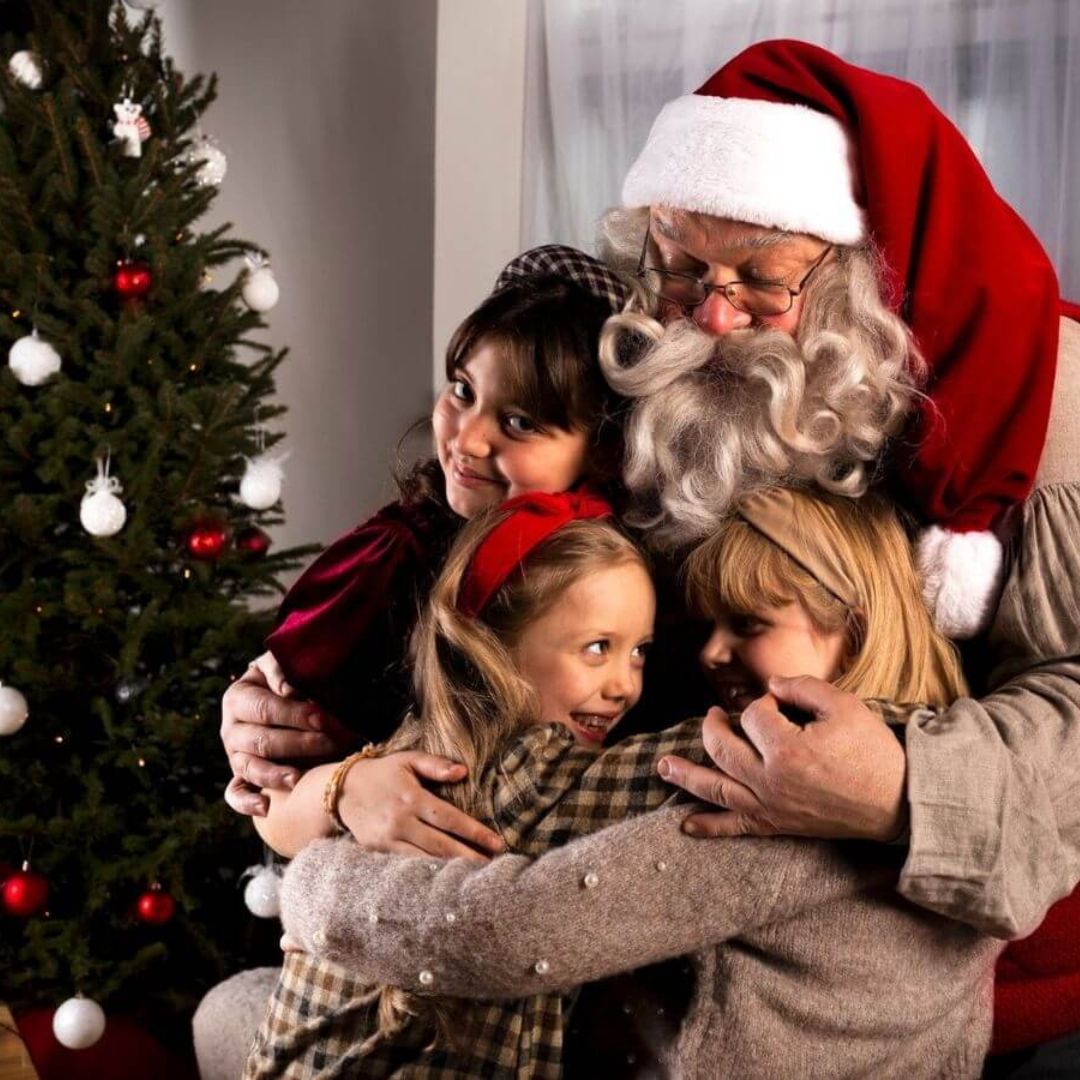History Of Evergreen In Winter Festivals
For thousands of years, people have decorated their homes in winter with evergreen plants. The Ancient Egyptians would fill their houses with conifer trees to worship the sun god, Ra. Ancient Romans and Pagans (those who didn’t follow a religion or believed in more than one god) believed the trees signalled the “return of life” and “light” after a long winter. The trees formed part of their celebrations for the winter solstice, which is the shortest day of the year.
Also read, Fascinating Christmas Traditions From Around The World

The Modern Christmas Tree
The modern Christmas tree is believed to have originated in the Alsace region of Germany in the 16th century. This region is now a part of France. According to some historical records, a Christmas tree was raised in the Strasbourg Cathedral in 1539. This tradition grew so popular throughout the region that the city of Freiburg banned felling trees for Christmas in 1554.
Some historians believe that the Christmas tree was inspired by the paradise tree, a symbol of the Garden of Eden that featured in a mediaeval play about Adam and Eve. According to ancient myths and stories, Adam and Eve were the first man and woman on Earth.


Did You Know?
Christmas trees are normally evergreen conifers, such as spruce, pine, and fir trees.
Traditional Christmas Tree Decorations
Traditionally, these were decorated with flowers, dried fruit, paper flow-ers, and lit candles.
Martin Luther, the German scholar and priest, is often credited with being the first to decorate Christmas trees with candles. Legend has it that he was inspired by the stars on a walk home, one winter’s night.
German emigrants took these traditions with them as they resettled in other countries.

Why Are Trees Decorated With Tinsel And Baubles?
Tinsel was invented in Nuremberg, Germany in 1610. At that time, Christmas trees were decorated with real candles and tinsel was made from shredded silver to reflect the candlelight. Only rich people had tinsel-wrapped trees because silver was expensive. Eventually, tinsel was made with cheaper metals such as copper and tin.
A common decoration on the tree branches was red apples, which is believed to have sparked the modern tradition of hanging coloured baubles on our trees today.
In the 16th century, a glassblower called Hans Greiner, was the first to invent bau-bles. Since Hans couldn’t afford apples to decorate his tree, he made his own. Fruit and nut-shaped glass became an accessible Christmas tree dec-oration, and glassblowers started to make all sorts of shapes.
Tinsel and baubles are now made from a shiny plastic called PVC, which is sustainable but is not always recyclable.


Did You Know?
The Christmas tree was introduced to the UK by Queen Victoria’s German-born husband Prince Albert in the 1840s. At that time, Christmas trees would be hung from the ceiling or placed on tables and decorated with nuts, fruits, sweets, homemade decorations, and small presents.
Also Watch, Santa’s Favourite Pal Reindeer | Interesting Facts About Reindeer











